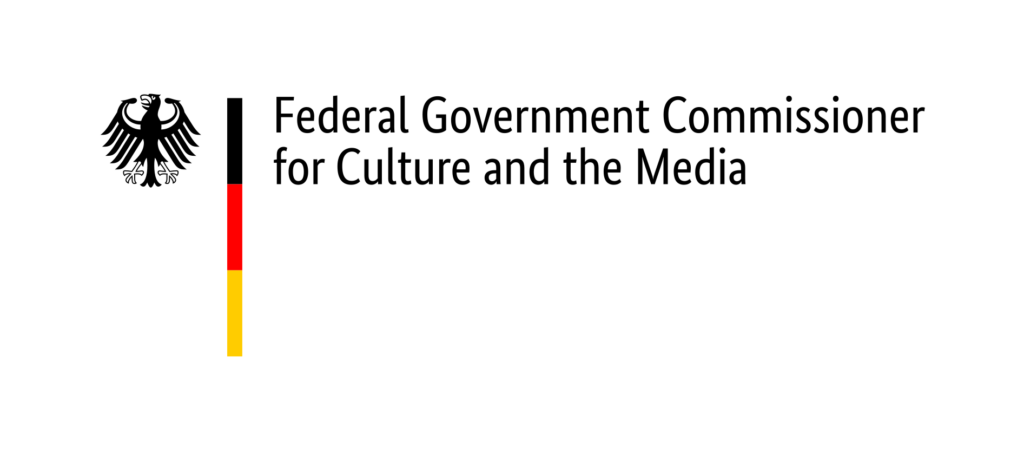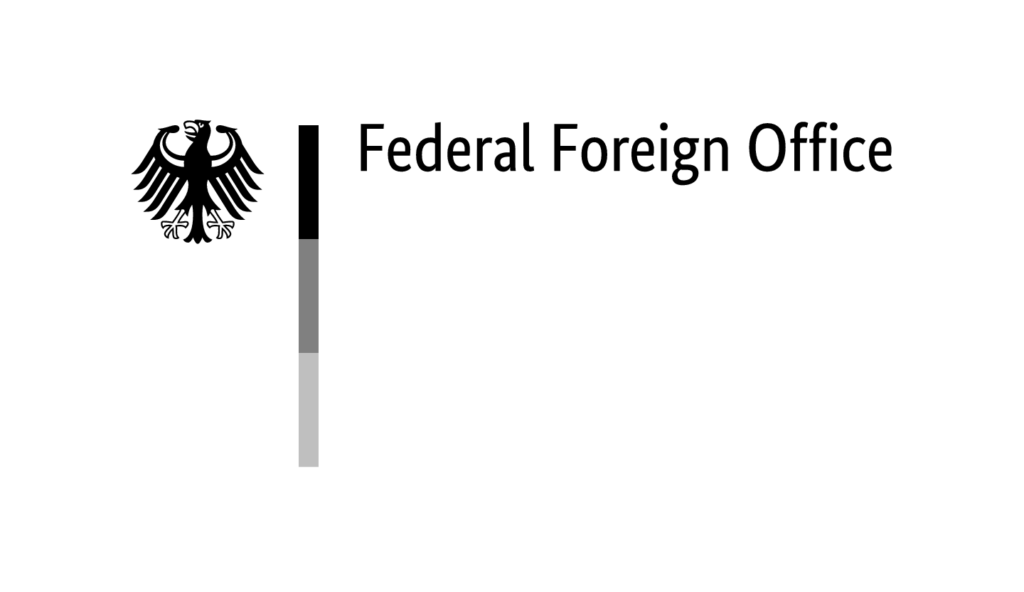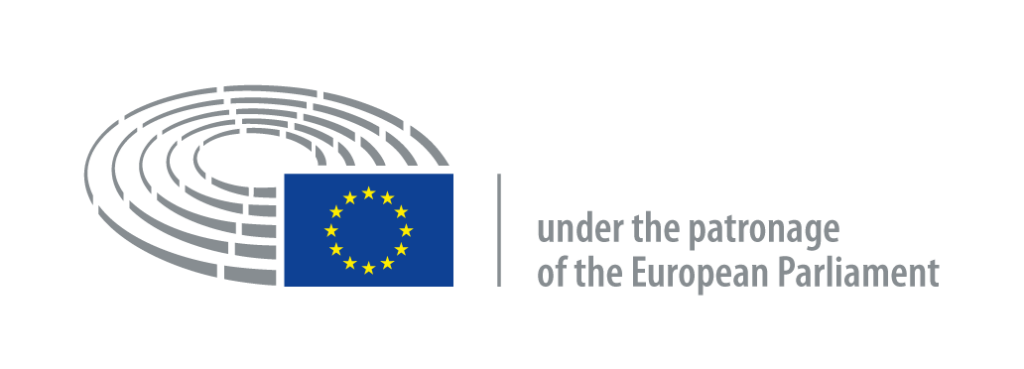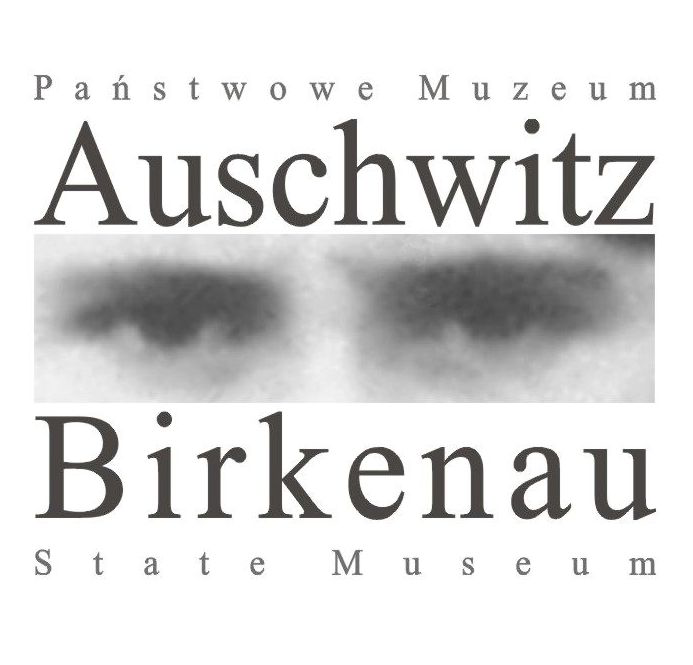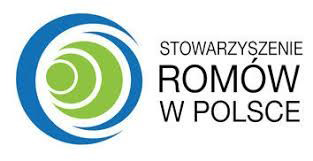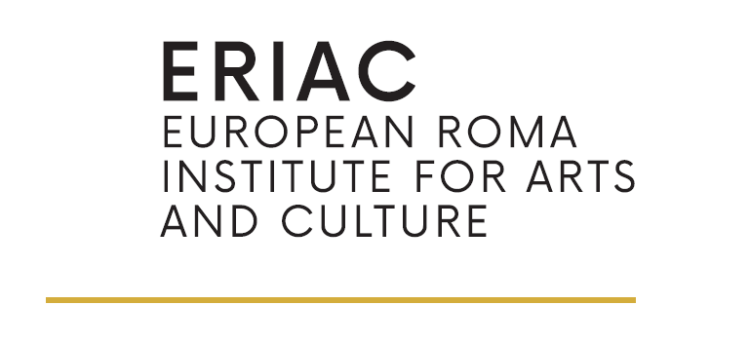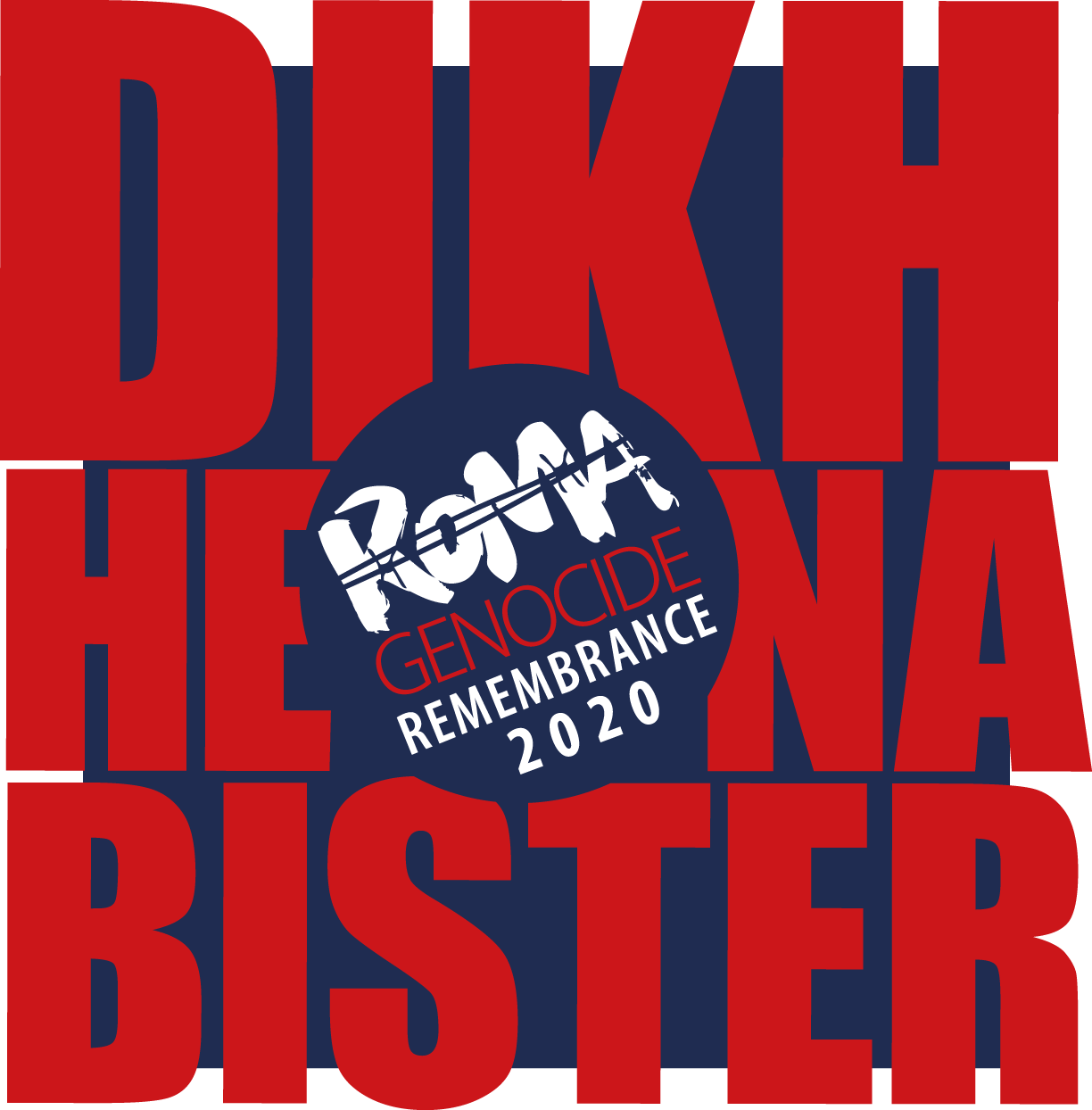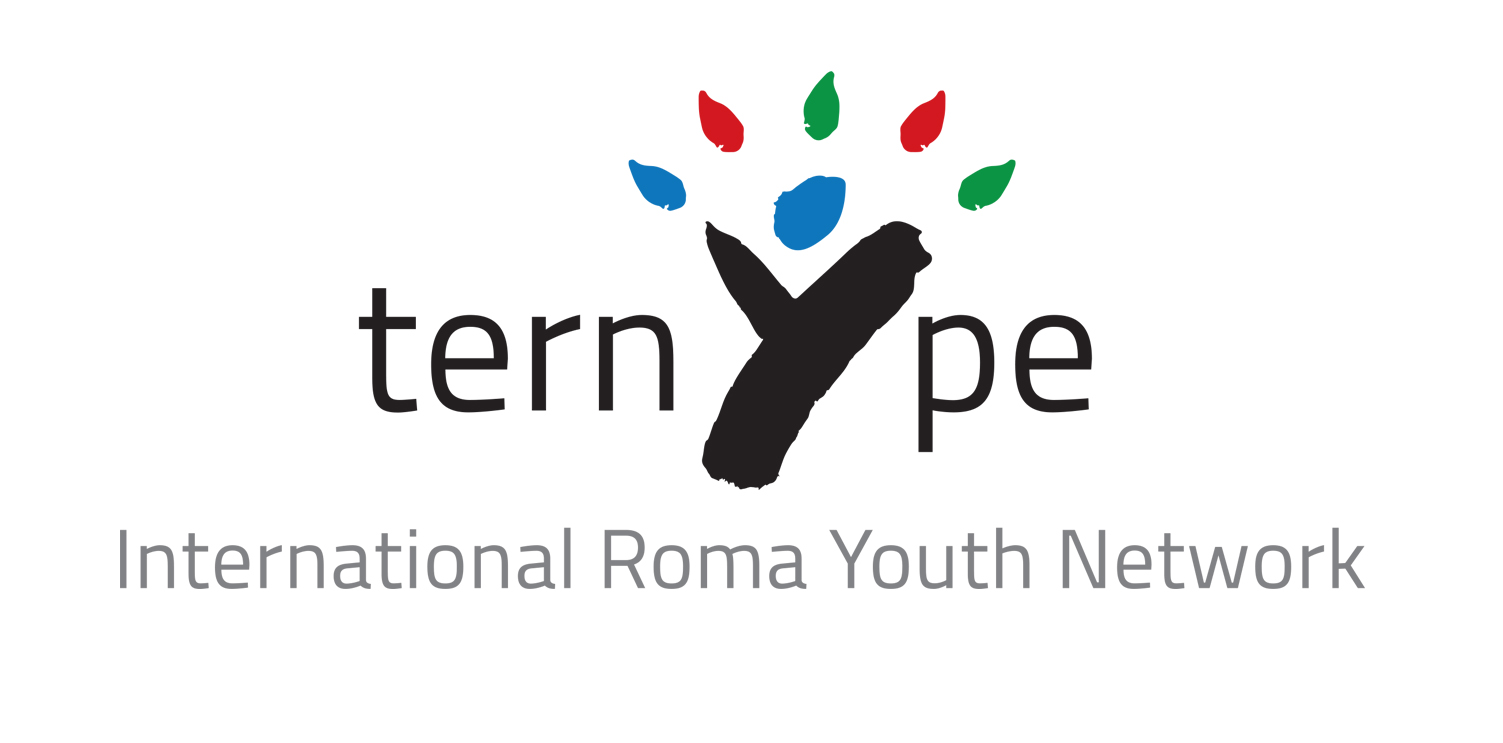Event from the European Roma Institute for Arts and Culture – ERIAC and Proud Roma Free Europe
2 August 2021
ERIAC EXHIBITION: NO INNOCENT LANDSCAPE – VALÉRIE LERAY
Valérie Leray’s landscapes are marked by abandoned, neglected, contested or rehabilitated sites of past mass violence: unmarked locations where Sinti and Roma were held prisoner in camps.
After discovering that her grandfather, Jean-Pierre Leray, was interned as a child in a concentration camp in Jargeau, near Orléans, Valérie Leray commenced a systematic journey to different camps scattered throughout France, documenting, through a photographic subversion of the genre of landscape painting, the absence of the people who had once been interned there. During World War II, about a quarter of the Roma population of France underwent administrative internment, while others were placed in restricted residence. It took decades for Roma to go public with their stories, giving testimony of the racist Nazi persecution, and demanding justice and recognition as victims of genocide.
After discovering that her grandfather, Jean-Pierre Leray, was interned as a child in a concentration camp in Jargeau, near Orléans, Valérie Leray commenced a systematic journey to different camps scattered throughout France, documenting, through a photographic subversion of the genre of landscape painting, the absence of the people who had once been interned there. During World War II, about a quarter of the Roma population of France underwent administrative internment, while others were placed in restricted residence. It took decades for Roma to go public with their stories, giving testimony of the racist Nazi persecution, and demanding justice and recognition as victims of genocide.
Leray’s photographs hijack the genre of the French landscape painting and challenge the mechanism of incorporating a particular landscape into the fabric of national identity. We, too, must set out on a journey towards which we are guided by clues contained in the unusual manner of depiction, the intriguing banality of the subject, the colours, the titles. In order to prevent us from forgetting the horrors of history, Leray directs our gaze towards the common, everyday sights that have become history’s beacons. We need to look, not only to discover the hidden memory of these landscapes; we must begin to look as an act of resistance against the process of forgetting.
More information: https://eriac.org/eriac-exhibition-no-innocent-landscape…/
Art and Poetry
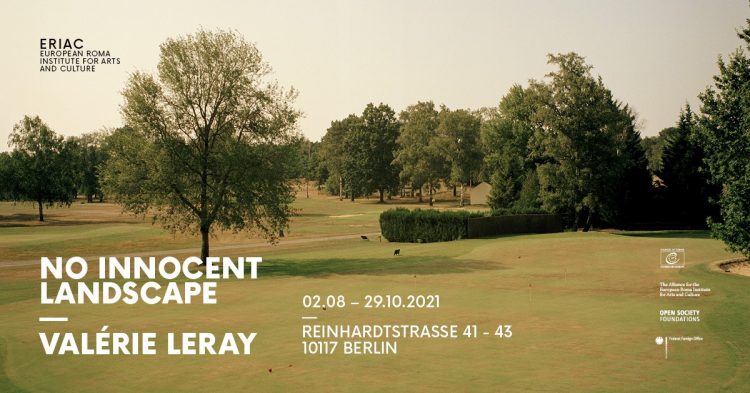
ERIAC EXHIBITION: NO INNOCENT LANDSCAPE – VALÉRIE LERAY
NO INNOCENT LANDSCAPE
Valérie Leray solo exhibition
02.08 – 29.10.2021
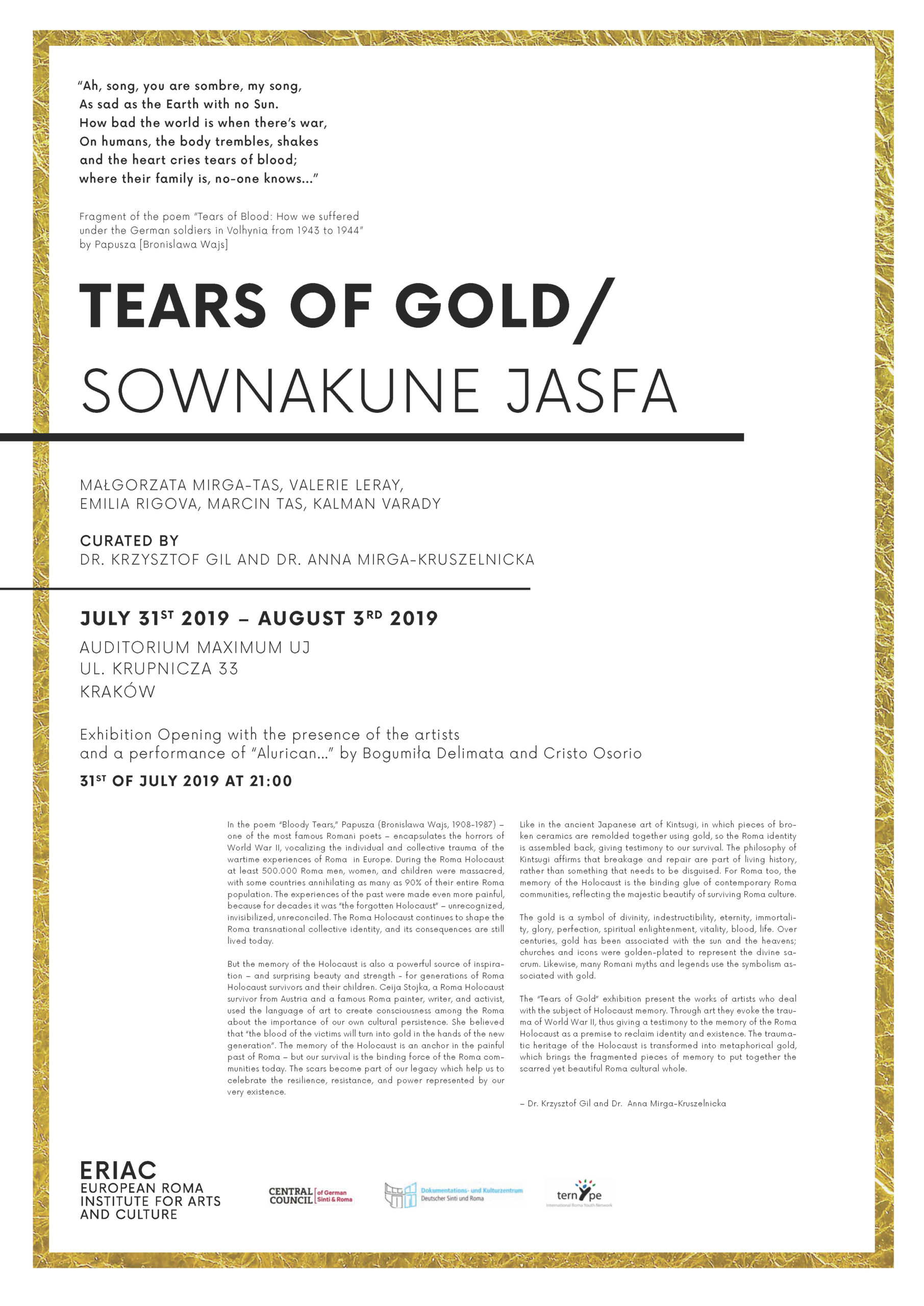
Exhibition “Tears of Gold”
Exhibition on the occasion of the 75th anniversary of 2 August – European Holocaust Memorial Day for Sinti and Roma 2019
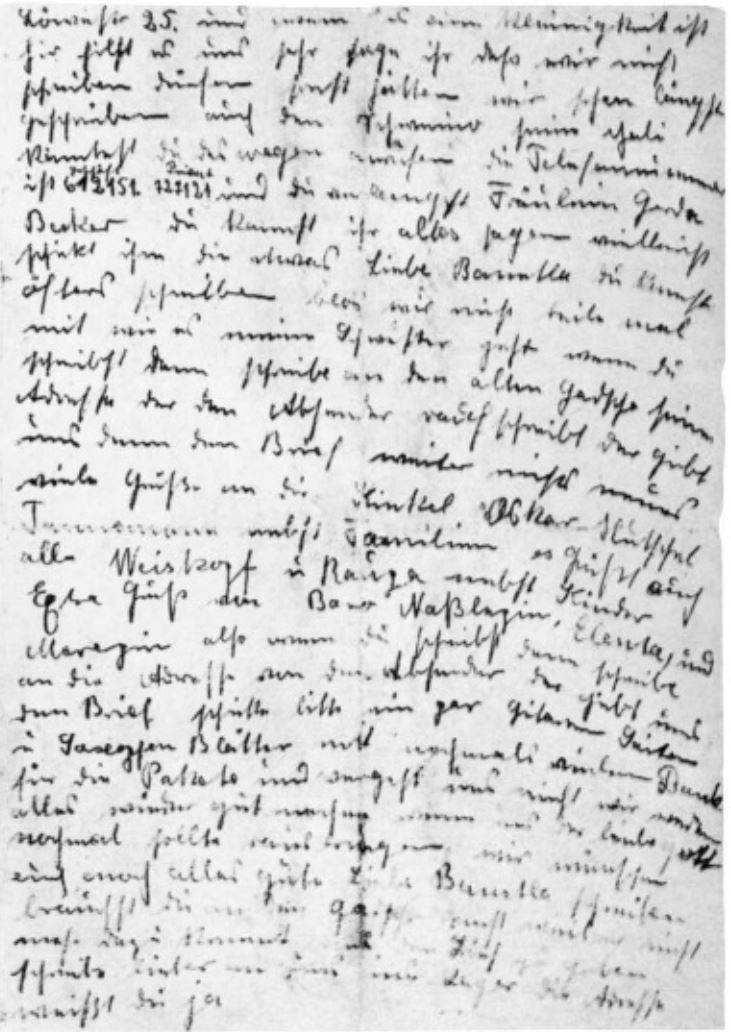
Porrajmos, a silenced genocide
A dramatization of Margarete Bamberger’s from the Auschwitz-Birkenau death camp by Rromane Siklǒvne


